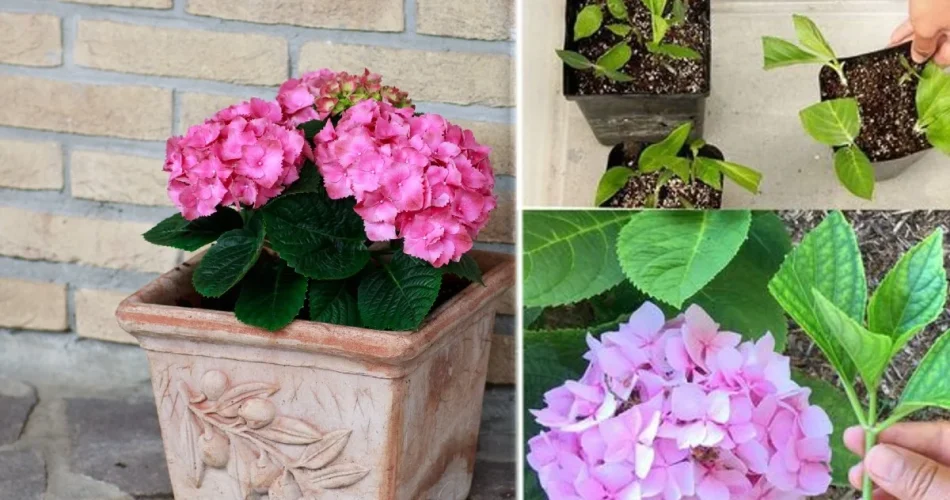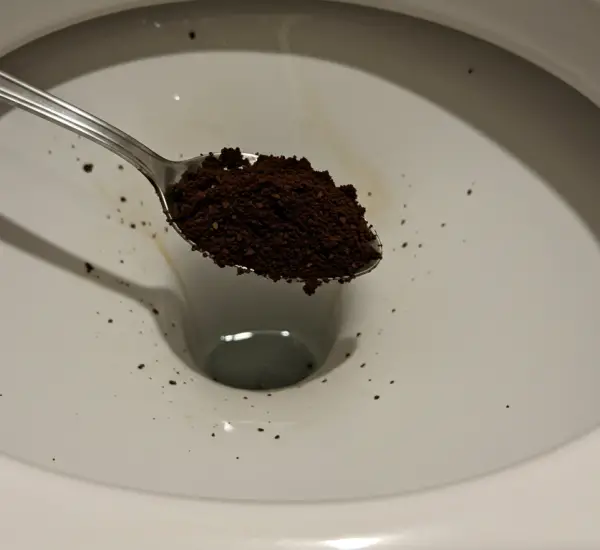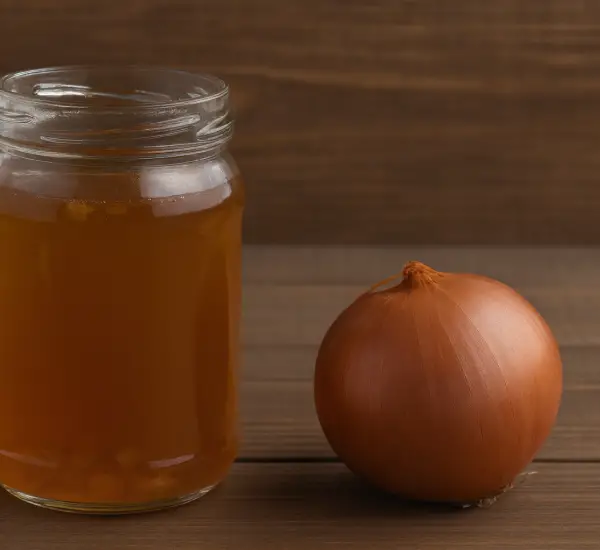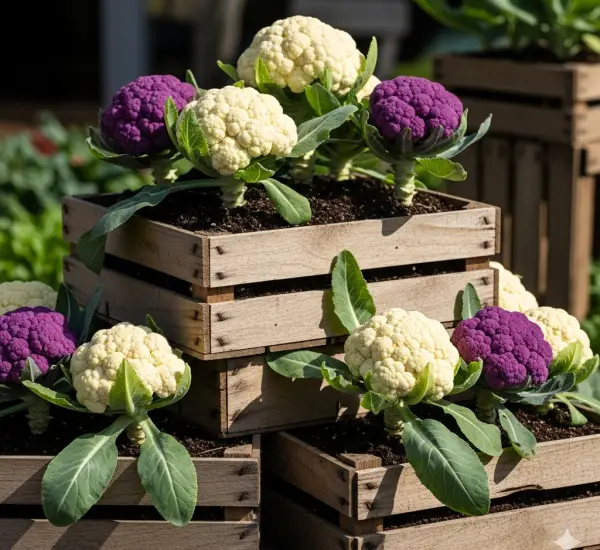Meet Giusy: A Gardening Enthusiast with a Green Touch
Giusy shares her gardening wisdom on multiplying hydrangeas effortlessly with a simple twig method.
The Enchanting Beauty of Hydrangeas
A flower that can completely transform the atmosphere of a garden, bestowing upon it beauty and a myriad of colors, is undoubtedly the hydrangea.
For those interested in rapidly multiplying hydrangeas, the suitable method is revealed on this page.
Understanding the Hydrangea: A Beautiful Water Vessel
The term “hydrangea” comes from ancient Greek, a combination of “hydor” (water) and “angos” (vessel). These words signify the plant’s need to “drink” water abundantly. In Japan, hydrangeas are associated with spiritual abundance and emotions. In other cultures, they symbolize wealth or gratification.
Cultivating this plant is not challenging at all. However, like all plants, it requires specific care to bloom in all its glory.
Continuing to read, you can discover the trick to help hydrangeas grow visibly before your eyes.
Pin It: Advertisement
Multiplying Hydrangeas Infinitely with the Twig Method
Before delving into the twig method to multiply hydrangeas, it’s crucial to understand the various types of this plant. Each plant is unique.
The four most common types of hydrangeas are:
- Hydrangea arborescens: Known as the American hydrangea, it produces large white flowers and adapts to different types of soil and temperatures.
- Hydrangea macrophylla: Also called Japanese or mophead hydrangea, it features vibrant spherical flowers. The color varies based on the soil’s pH, ranging from pink and purple to deep blue.
- Hydrangea paniculata: Its flowers are pyramid-shaped, initially white but turning pink and bronze during the warmer months.
- Hydrangea quercifolia: Known as oakleaf hydrangea, its leaves exhibit colors ranging from bright red to bronze in the fall, while its flowers boast a beautiful white color.
Now, let’s explore how to grow these plants using the twig method.




